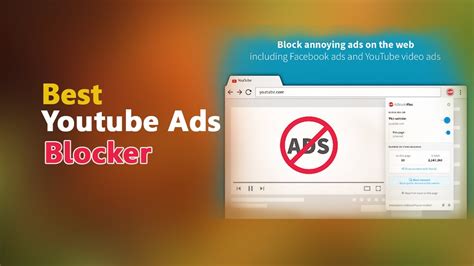In a recent move that’s causing a stir among internet users, YouTube has rolled out a new strategy to outmaneuver ad blockers by embedding ads directly into videos. This maneuver serves as both a countermeasure to ad-blocking technologies and a new battleground in the ongoing war between ad-supported platforms and their users. Many are wondering about the broader implications of this tactic and whether it might ultimately harm YouTube’s user base or lead to unforeseen technical challenges.
The main question on everyone’s mind is whether the computational resource cost of embedding ads directly into videos outweighs the lost ad revenues in the short term. The user ‘superkuh’ voiced concerns about the sustainability of this strategy, emphasizing the resource-intensive nature of video encoding and decoding. While it might be effective in curbing ad-blocking in the short term, the long-term computational costs could be substantial.
Yet, technical enthusiasts such as ‘NegativeLatency’ suggest that Google might have already considered these challenges and could use sophisticated video encoding techniques to embed ads seamlessly. This could involve inserting ads with keyframes, as YouTube already re-encodes videos upon upload. The feasibility of splicing ads into video keyframes without significant computational overhead seems like a likely path Google might take. Such a method would be both technically clever and resource-efficient.
Beyond the technical aspects, there’s an ethical dimension to this new development. The debate isn’t solely about the technical feasibility, but also about user experience and rights. Long-time user ‘ztetranz’ reminisced about early attempts to detect ads in broadcast TV to offer some form of ad-skipping. Users circumvented ads with devices like early DVRs that increased volume for commercials, and this practice might now see a digital revival through modern ad-blocking extensions.
On the other hand, ‘NegativeLatency’ highlighted the AI-driven future of ad-blocking, where the battle evolves into a game of ‘AI versus AI’. As companies embed ads that seem like part of the content, perceptual ad blockers will rise to the occasion, identifying ad segments based on complex patterns within the video. This cat-and-mouse game is likely to intensify, pushing the boundaries of both ad-blocking technology and ad embedding strategies.
A notable point made by ‘ugjka’ suggested a crowd-sourced solution for ad blocking, where users collectively identify and mark ad segments. This data could then feed into a universal adblocker. Each ad plays the same bitstream, so an ad only needs marking once per resolution and format, creating a signature akin to anti-virus software markers. However, even this collaborative approach faces potential sabotage from advertisers, as pointed out by ‘lotsofpulp’, who speculated that advertisers might pollute this data intentionally.
Moreover, the notion of bypassing ads entirely by downloading content and completing server challenges in the background might become a potential workaround. However, concerns about the robustness of such measures have been raised. ‘superkuh’ suggested client-side ad-splicing could be just as simple, while ‘yakz’ humorously suggested reinventing a TiVo-like device for online streaming, indicating user resistance to forced ad consumption is a long-standing issue.
In conclusion, while YouTube’s strategy to embed ads is undeniably innovative, it opens up a Pandora’s box of technical, ethical, and practical challenges. It pushes the boundaries of what is possible in ad delivery, but also what users are willing to tolerate. As YouTube navigates this new territory, one thing is clear: the arms race between ad-blockers and ad-embedders is far from over, and the landscape of online advertising is set to undergo significant changes in the upcoming years.


Leave a Reply